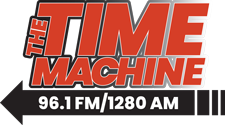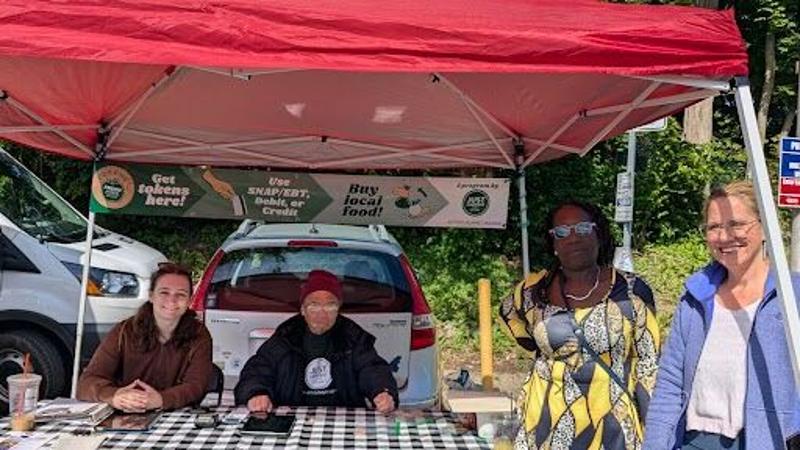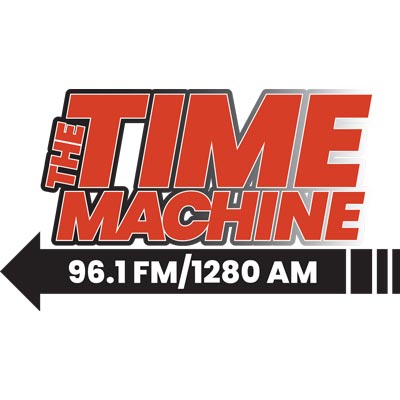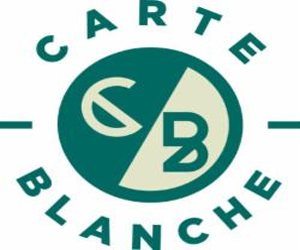As the federal government weighs cuts to the Supplemental Nutrition Assistance Program, the Pennsylvania House is set to vote on a bill that would charge non-profit organizations with overseeing incentives to SNAP recipients for purchasing fresh fruits and vegetables.
The Food Bucks bill, which received bipartisan support in committee, would provide SNAP users with 40 cents in additional benefits for every dollar spent on approved items. It mirrors programs currently offered in some counties across the state, including Allegheny.
Amy Salmon is an advocate for the program’s expansion statewide. Salmon lives with an incurable cancer called myeloma, and she has experienced firsthand the effects of encountering financial barriers to adequate nutrition.
“I don’t have the income I need to do everything I need to do,” said Salmon, who currently receives disability and the minimum SNAP benefit of $23 monthly. “I have to budget. I have to pay this and this this month, so I have to cut back on food. I have done that plenty of times.”
Salmon recalled $15,000 chemotherapy treatments, for which the copays took precedence over food. She found herself shrinking to 99 pounds and using more affordable but less nutritious high calorie options to put weight back on.
Chemo takes a toll on the body and requires targeted nutrition to maintain health. Without access to the foods she needed outside of the hospital, Salmon found other areas like dental health suffering from the combined effects, creating even more expenses against her fixed income.
The mother and grandmother says there are others who have it worse off than her, and she’s certain they would use programs like this if given the opportunity. Salmon says where she lives in Washington County, the only place to buy food without driving is the local Dollar General. When farmers markets open in the summer months, it gives her access to fresh produce she doesn’t have year round.
It’s not an issue exclusive to those living in more rural areas. Ann Sanders, Director of Public Benefits Policy and Programs at Just Harvest, says that food deserts exist within Pittsburgh itself.
“There are many neighborhoods within the city where there’s not easy access to a grocery store,” said Sanders. “Fruit and vegetables, we all know people need to eat, but it’s not easily available to folks, and it’s expensive.”
The Center Square joined Amy at the Squirrel Hill Farmers Market in Pittsburgh to see Food Bucks at work. Here, SNAP recipients stop by the tent of local nonprofit Just Harvest to purchase tokens with their EBT cards, where they also receive vouchers for additional dollars to spend there.
The program allows farmers to take SNAP customers and settle up with Just Harvest at the end of the day by trading tokens for cash. The system gives local farms access to customers they might not otherwise see, and it gives SNAP users access to more fresh fruits and vegetables than they can afford otherwise.
The financial benefit to farmers is by no means insignificant. Settings like these allow them to take home far more than sales through grocery stores or food manufacturers, and the events allow them to build relationships within the community.
Key to the proposed Food Bucks bill is its oversight through nonprofit organizations. Sanders said they all operate differently, and what you see at a market is different from what would be required to execute the program at a major grocery store.
SNAP itself falls under the administration of the state’s Department of Human Services and costs about $200 million annually to implement. Funding for the program itself comes from the federal government.
The city’s Food Justice Fund comes from money granted through the American Rescue Plan Act. Whether funding will continue to flow from the federal government, or who will remain eligible for SNAP, are questions largely outside the hands of both organizations like Just Harvest and the state legislature.
Sanders says reductions in benefits will make it all the more essential for programs like Food Bucks to run because people will be less able to afford the produce they need for a well-rounded diet, something the federal government has at the same time begun to champion through the Department of Health and Human Services’ recent Make America Healthy Again Commission report.
The issue touches on a trending conversation throughout the states about whether and how to limit processed foods purchased through benefits. According to Sanders, the studies demonstrate very little difference between what SNAP recipients purchase on a trip to the grocery store from the average shopper.
In an Appropriations Committee hearing earlier this year, DHS Secretary Val Arkoosh emphasized that SNAP benefits lead to lower medical costs. She said when someone loses SNAP, the cost to Medicaid goes up by $50 per month per person. For those with chronic health conditions like hypertension, that number rises to a cost of $150 to Medicaid. For those with diabetes, it hits $200 per month.
Sanders and other advocates maintain that creating access and incentives rather than creating “separate rules for poor people” is the key to promoting better health nationwide, and for her part, Salmon agrees.
“I would love to eat healthy every day,” said Salmon. “I can’t afford it.”






